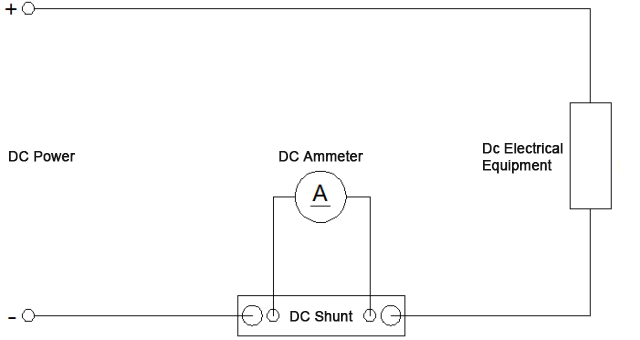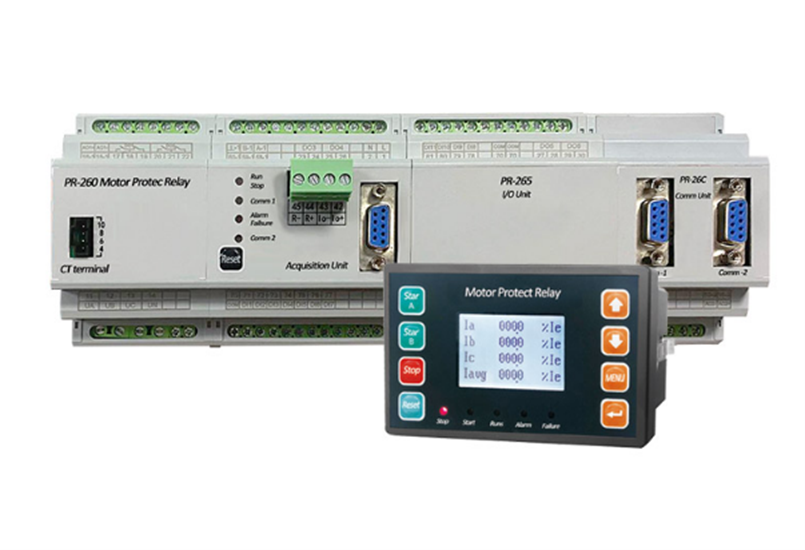There are many different energy meter types to suited for specific applications and measurement needs. This article will discuss different types of energy meter from current measurement, physical connection, measurement parameters, phase connection, communication port, branch circuits, installation method, and accuracy class.
1. Energy Meter Types by Current Measurement

- AC Energy Meter: Measures alternating current (AC) energy. These are commonly used in households, commercial, and industrial settings to measure standard AC electricity consumption.
- DC Energy Meter: Measures direct current (DC) energy. These meters are used in applications such as solar power systems, electric vehicles, and battery storage systems where DC power is prevalent.
2. Energy Meter Types by Physical Connection
The CT type energy meter mainly includes direct connected energy meter and CT connected energy meter.
- Direct Connected Energy Meter: Connected directly to the electrical circuit without the need for additional devices. Suitable for low to moderate current applications and simpler installations.
- CT Connected Energy Meter: Uses current transformers (CTs) to measure high currents indirectly by scaling down the current to a manageable level for the meter. Ideal for high current applications and industrial settings.
3. Energy Meter Types by Measurement Parameters
According to the measurement parameters, the electric meters types includes active energy meter and reactive energy meter.
- Active Energy Meter: Measures active power, which is the actual power consumed by electrical devices to perform work. It is measured in kilowatt-hours (kWh).
- Reactive Energy Meter: Measures reactive power, which is the power consumed by reactive components such as inductors and capacitors in an electrical system. It is measured in reactive volt-ampere hours (kVARh).
4. Energy Meter Types by Phase Connection
- Single Phase Energy Meter: Designed for single-phase electrical systems, typically used in residential and light commercial applications.
- Three Phase Energy Meter: Designed for three-phase electrical systems, commonly used in industrial and large commercial settings where three-phase power is required for heavy machinery and equipment.
5. Energy Meter Types by Communication Port
- RS485 Energy Meter: Uses RS485 communication protocol for data transmission, suitable for industrial environments due to its long-distance and multi-drop capabilities.
- Ethernet Energy Meter: Utilizes Ethernet ports for network connectivity, allowing integration with modern network infrastructure and easy remote monitoring.
- RJ45 Energy Meter: Similar to Ethernet meters, but specifically refers to the use of RJ45 connectors for network communication.
- Wi-Fi Energy Meter: Equipped with Wi-Fi connectivity for wireless communication, ideal for smart homes and remote monitoring applications without the need for physical wiring.
- LoRa Energy Meter: Uses LoRa (Long Range) wireless communication technology, suitable for long-distance, low-power applications such as remote energy monitoring in rural or expansive areas.
6. Energy Meter Types by Branch Circuits
Energy meters can measure multiple circuits simultaneously, with the number of channels indicating how many separate circuits can be monitored. The multi-circuit energy meter includes:
- 1 Channel Energy Meter
- 2 Channel Energy Meter
- 6 Channel Energy Meter
- 8 Channel Energy Meter
- 12 Channel Energy Meter
- 15 Channel Energy Meter
- 18 Channel Energy Meter
- 24 Channel Energy Meter
- 30 Channel Energy Meter
- 36 Channel Energy Meter
- …and more.
7. Types of electrical energy meter by Installation
- Din Rail Energy Meter: Designed for mounting on DIN rails, commonly used in industrial control panels and distribution boards for compact and organized installation.

- Panel Mounted Energy Meter: Installed directly into the panel face, providing easy access and visibility for monitoring and control in industrial and commercial settings.

8. Energy Meter by Accuracy Class
- 0.2 Class Energy Meter: High-accuracy meters with a margin of error of 0.2%, suitable for applications requiring precise energy measurement such as laboratories and test facilities.
- 0.5 Class Energy Meter: Moderately accurate meters with a margin of error of 0.5%, commonly used in commercial and industrial applications.
- 1 Class Energy Meter: Standard accuracy meters with a margin of error of 1%, widely used in residential and general-purpose commercial applications.
Conclusion
Energy meters are diverse and specialized devices designed to meet the varying needs of residential, commercial, and industrial energy measurement. Understanding the different types of energy meters based on current measurement, physical connection, measurement parameters, phase connection, communication port, branch circuits, installation method, and accuracy class is crucial for selecting the right meter for a specific application. This ensures accurate energy monitoring, efficient energy management, and effective cost allocation, ultimately contributing to better energy conservation and management practices.






